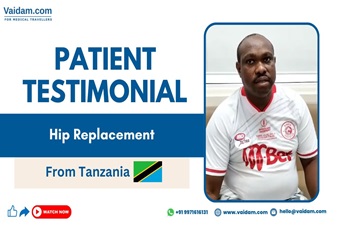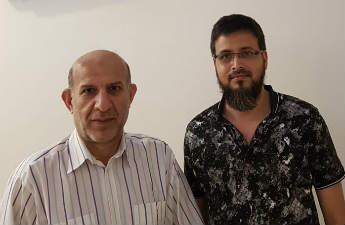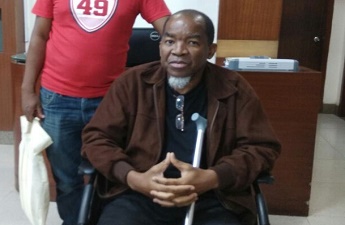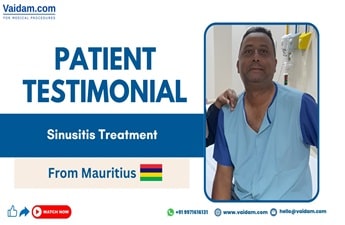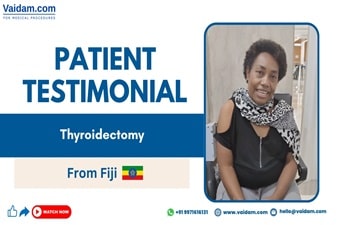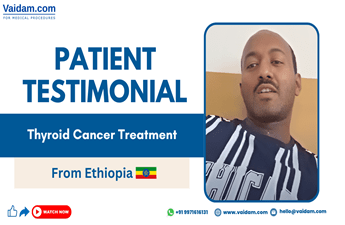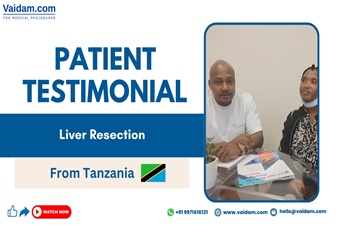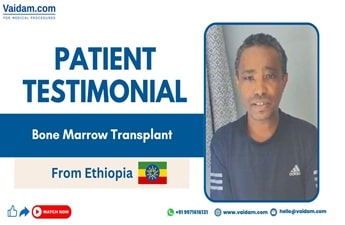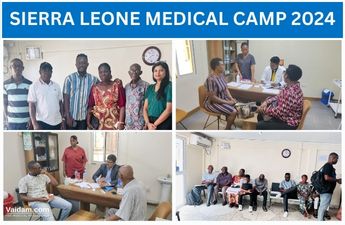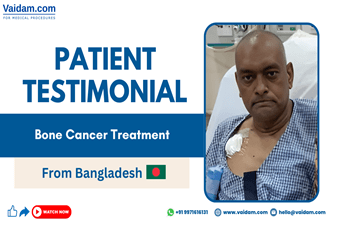Total hip replacement also known as hip arthroplasty, is a common orthopedic procedure today. Replacing the hip joint with an implant or "prosthesis" relieves pain and improves mobility so that patients are able to resume normal, everyday activities. Advances in medical technology have made total hip replacement one of the simplest and most effective procedures available. With very little pain and a short recovery period, this procedure is life-changing for many patients.
Depending on their specific circumstances, patients have the option to choose from either a traditional hip replacement surgery or a minimally invasive hip replacement surgery. The traditional surgical approach to total hip replacement uses a single, long incision to view and access the hip joint. The alternative minimally invasive approach is one in which one or two shorter incisions are used. The goal of using shorter incisions is to reduce pain and enhance the speed of recovery. Selecting the Best Orthopedic Hospital in India is imperative as they will guide you throughout your surgery and recovery journey.
Recommended for you: Hip Replacement Surgery Cost in India
Note: Unlike traditional hip replacement procedures, the minimally invasive technique is not suitable for all patients. Speak to a Vaidam Health Consultant for guidance on this procedure.
Traditional Hip Replacement
To perform a traditional hip replacement:
-
A 10- to 12-inch incision is made on the side of the hip. The muscles are split or detached from the hip, allowing the hip to be dislocated and fully viewed by the surgical team.
-
The damaged femoral head is removed and replaced with a metal stem that is placed into the hollow centre of the femur, then a metal or ceramic ball is placed on the upper part of the stem. This ball replaces the damaged femoral head that was removed.
-
The damaged cartilage surface of the socket (acetabulum) is removed and replaced with a metal socket. Screws or cement are sometimes used to hold the socket in place.
-
A plastic, ceramic or metal spacer is inserted between the new ball and the socket to allow for a smooth gliding surface.
Minimally Invasive Hip Replacement
In minimally invasive total hip replacement, the surgical procedure is similar to a traditional approach, however there is less cutting of the tissue surrounding the hip. The artificial implants used are the same as those used for traditional hip replacement. However, specially designed surgical instruments are needed to prepare the socket and femur and to place the implants properly.
Minimally invasive total hip replacement can be performed with either one or two small incisions. Smaller incisions allow for less tissue disturbance. The objectives of minimally invasive hip replacement surgery are:
-
Do less damage to the skin by making a smaller incision, typically 3 to 6 inches long, compared to a 10 to 12-inch incision used in traditional surgery.
-
Leave a smaller scar.
-
Do less damage to the joint’s surrounding muscles and other soft tissue.
-
Reduce the patient’s hospital stay to as few as 1 or 2 days, compared to 3 to 5 days for traditional surgery.
-
Enable a patient to rehabilitate faster, reducing the time they must stay in the hospital and accelerating physical therapy.
Note: The hospital stay after minimally invasive surgery is shorter in length than the stay after traditional hip replacement surgery--ranging from 1 to 2 days. Physical rehabilitation is a critical component of recovery. But with the Best Hip Replacement Surgeons in India readily available, you will be able to manage the pain easily.
Key Differences: Traditional Vs Minimally Invasive Hip Replacement
| Traditional | Minimally Invasive | |
|---|---|---|
| Incision | 10 to 12 inch incision | 3 to 6 inch incision (typically just one, but sometimes two smaller incisions) |
| Advantages |
|
|
| Disadvantages and Risks |
|
|
| Patient Characteristics and Requirements |
| Patients have the same medical requirements as they would traditional surgery. Additionally, the evidence seems to indicate that the best candidates—
|
Types of Minimally Invasive Hip Replacement Surgeries
There are several surgical approaches for total hip replacement. We’ve mentioned two common approaches you should consider:
-
Posterior (rear) approach, using an incision toward the back of the hip. This approach is the more traditional approach that allows the surgeon to go through the back of the hip, which can allow better visualization of the joint, without disturbing hip abductor muscles.
-
Anterior (front) approach, using an incision at the front of the hip. The surgeon accesses the hip joint by entering through the front of the body and going between the hip muscles that help hold the hip joint in place. Smaller incisions are often possible with this procedure. The anterior approach to total hip replacement is becoming more popular because it is less invasive, hospital stays are shorter, and recovery and rehabilitation are quicker for patients.
Note: The decision as to which surgery will be best for you will be determined through physical examinations, diagnostic imaging (X-rays, CT-scans) and discussions with your surgeon.
Hip Replacement Questions for Your Surgeon
If you're considering hip replacement surgery, here are some questions to discuss with your surgeon.
-
What is minimally invasive hip replacement? Do you use one incision or two? How long is/are the incision(s)?
-
Underneath the skin, is the operation the same as a standard hip replacement?
-
What are the potential limitations of a minimally invasive hip replacement?
-
Are there complications unique to minimally invasive hip replacement? How serious? What is your own personal experience with complications?
-
How many operations have you done with your current techniques?
-
Are the short-term results of minimally invasive hip replacement any better than those for standard incisions?
-
Can you provide me with the names of five or six of your patients I can talk to about this?






